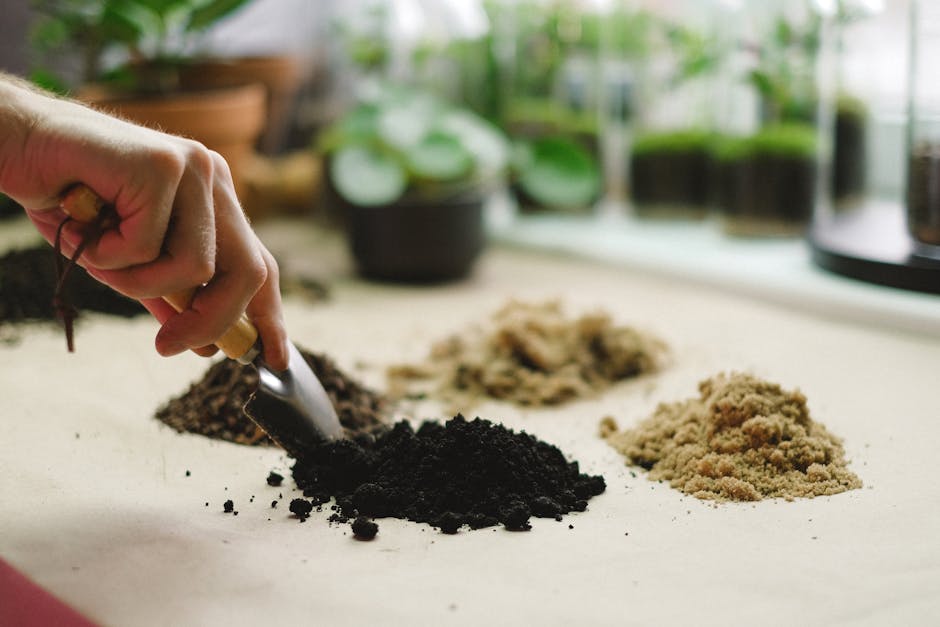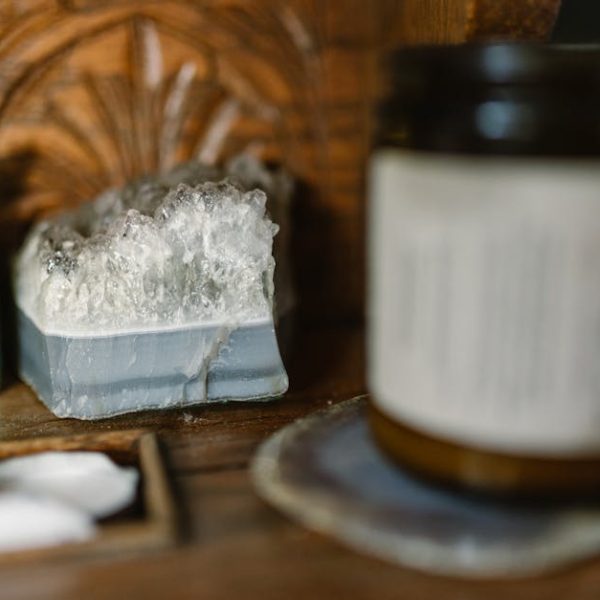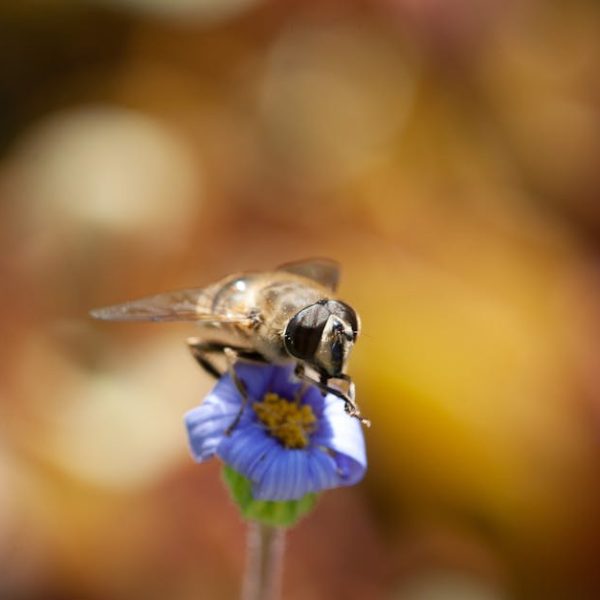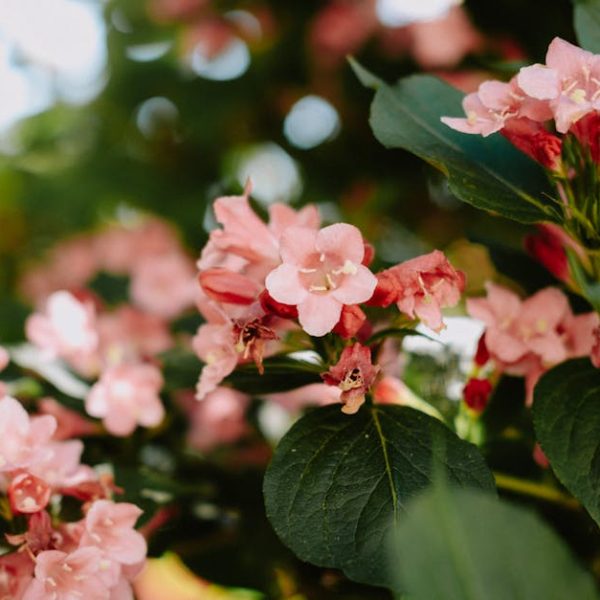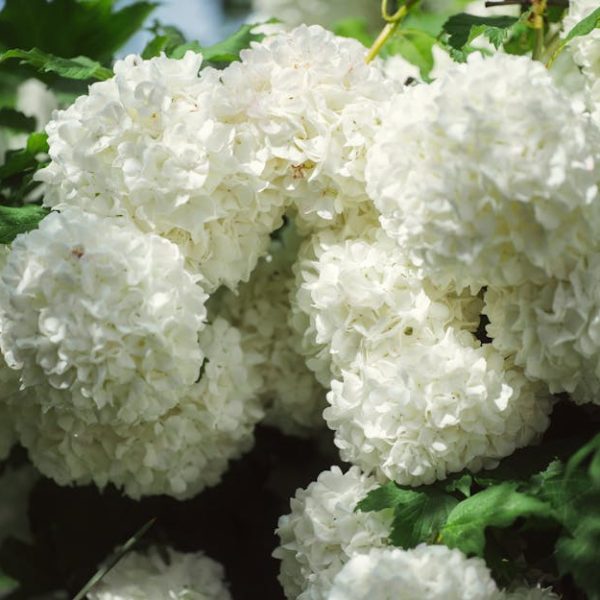Getting your hands dirty in the world of vegetable gardening requires more than just throwing seeds into soil and watering them regularly. You need to ensure your crops receive the right nutrients to produce the best yield, and one effective way to do this is by using a vegetable fertilizer. These vital nutrients make the soil more fertile, help plants grow, and increase harvest size. Rich in essential nutrients, fertilizers become the food your vegetables crave.
Understanding the Importance of Fertilizers in Vegetable Gardening
Fertilizers play an essential role in vegetable gardening. While it might seem trivial, they determine the overall health of your crops, impacting their growth and the overall harvest. The benefits of using fertilizers in vegetable gardening include:
- Enhanced plant growth: Nutrient-rich fertilizers stimulate healthy plant and root growth.
- Increased yield: Fertilizers boost the production capability of plants, leading to more abundant harvests.
- Improved soil condition: Regular use of fertilizers enhances the soil’s fertility and structure.
Pro Tip: Suspect your soil might be nutrient deficient? Signs to look out for include stunted plant growth, yellow or pale-colored leaves, late flowering, and small fruit size.
Types of Fertilizers and Their Primary Nutrient Contents
Fertilizers are classified based on their nutrient content. State-of-the-art hydroponic systems might use liquid formulas, while conventional gardens typically use granulated or powdered types. The primary types of fertilizers include Nitrogen, Phosphorus, and Potassium, each offering specific benefits depending on the nutritional needs of your plants.
Best Practice: Examine the nutrient content of potential fertilizers and evaluate your garden’s needs. For instance, if you notice your plants having weak roots or poor fruit development, consider fertilizers enriched with phosphorus.
DIY Vegetable Fertilizer: Understanding the Basics
DIY vegetable fertilizers are an effective and affordable solution for those who want to adopt a more organic approach to gardening. By using readily available home products like coffee grounds, eggshells, and compost, you can create a nutrient-packed mixture your plants will love.
- Kitchen waste like vegetable peels, coffee grounds, and eggshells
- Yard waste like grass clippings, leaves and small branches
- Wood ash and bone meal
Comparison: Unlike commercial fertilizers, DIY vegetable fertilizers are cost-effective and environmentally friendly. However, they require more time and effort to prepare.
The first part of our journey into the realm of DIY vegetable fertilizers has laid a firm foundation. We’ve understood the role of fertilizers, explored their types and steps to create homemade fertilizers. An exciting world of vegetable gardening awaits you in the subsequent sections.
How to Make Your Own Vegetable Fertilizer
Creating your own vegetable fertilizer might sound challenging, but it is quite straightforward. All you need to do is combine certain easily available household waste products and allow them to decompose and enrich the mixture.
Basic DIY Vegetable Fertilizer Recipe:
- Place a layer of kitchen waste (vegetable peels, coffee grounds, and crushed eggshells) in a compost bin.
- Add a layer of yard waste (grass clippings, leaves, and small branches).
- Mix in some wood ash and bone meal.
- Repeat these layers until the bin is full.
- Cover and let it decompose for several weeks, stirring occasionally to speed up the decomposition process.
Pro Tip: Store your homemade vegetable fertilizer in a cool, dry spot and remember to keep it out of reach of pets and children.
Applying DIY Fertilizer to Your Garden and Maximizing Yields
Applying DIY fertilizer to your garden is not just about scattering it around. For maximum yield, it’s crucial to use the right application methods and frequency. Lightly sprinkle your homemade fertilizer around the base of each vegetable plant every 2-4 weeks, depending on the plant’s needs. Water your garden thoroughly after applying the fertilizer to ensure the nutrients reach the plant’s roots.
Good Practices When Applying DIY Vegetable Fertilizer:
- Do not apply fertilizer too close to the plant’s stem, as it can damage it.
- Always water your garden after adding fertilizer.
- Adjust the amount and frequency of fertilizer application according to the plant’s needs and season.
Best Practice: For maximum yield, don’t rely solely on homemade fertilizers. Rotate your crops, support natural predators that feed on harmful pests and weeds, use mulch to suppress weeds and keep the soil moist, and use proper watering techniques.
By adopting these practices, you’re not only becoming a more foreseeing and eco-friendly gardener but also ensuring your vegetables are grown in the healthiest and most natural conditions. Now you’re fully equipped to boost your garden’s productivity with full knowledge of DIY vegetable fertilizers. Happy gardening!
Key Takeaway:
- Fertilizers are crucial in vegetable gardening as they enhance plant growth, soil condition, and yield.
- Fertilizers are classified based on their nutrient contents, which are Nitrogen, Phosphorus, and Potassium.
- DIY vegetable fertilizers are cost-effective and environmentally friendly alternatives to commercial fertilizers.
- Homemade vegetable fertilizer can be created using easily accessible household porducts such as kitchen and yard waste, wood ash, and bone meal.
- Proper application of DIY fertilizer in combination with other good gardening practices can maximize yield.
Maintaining your garden does not have to be taxing, neither environmentally nor financially. Implementing practices like building your own vegetable fertilizer can provide natural and balanced nutrition for your plants, financially sustainable for you and less damaging for the environment. Now, happy composting and gardening!
FAQs
Q: Will using DIY vegetable fertilizer cause any harm to my plants?
A: No, using DIY vegetable fertilizer will not harm your plants if used correctly. Balance is key. Excessive use of any kind of fertilizer can lead to plant damage.
Q: How long does it take for homemade vegetable fertilizer to be ready for use?
A: The decomposition process to make homemade vegetable fertilizer typically takes several weeks. Regular stirring can speed up this process.
Q: Is there a difference in nutrient quality between DIY vegetable fertilizers and store-bought fertilizers?
A: Both can provide the necessary nutrients your plants need. However, DIY fertilizers might contain a more diverse range of nutrients, as it uses various organic materials.
Q: Can I use DIY vegetable fertilizer for my indoor plants?
A: Yes, you can use DIY vegetable fertilizer for your indoor plants. However, the application rate may need to be adjusted as indoor plants often have different nutrient needs.
Q: Is there any specific time or season to apply the DIY vegetable fertilizer?
A: Fertilizers can be applied any time during the growing season. Adjust frequency and amount according to your plants’ needs and the season.
Feel free to share this article with other budding gardeners and explore more of our posts for additional gardening tips and tricks.
